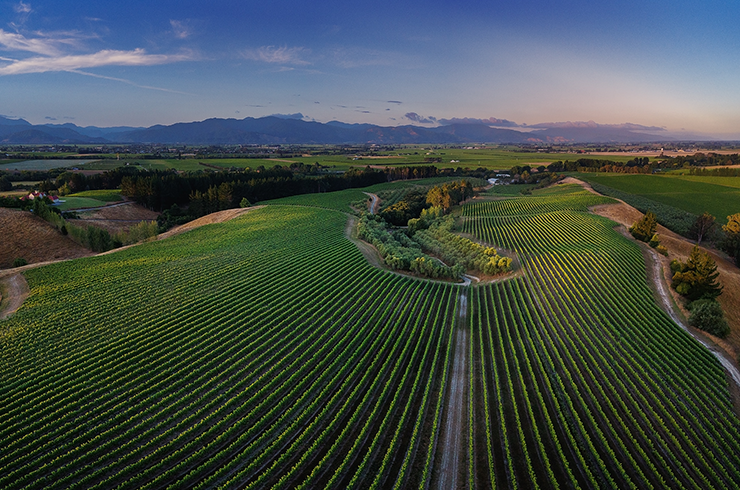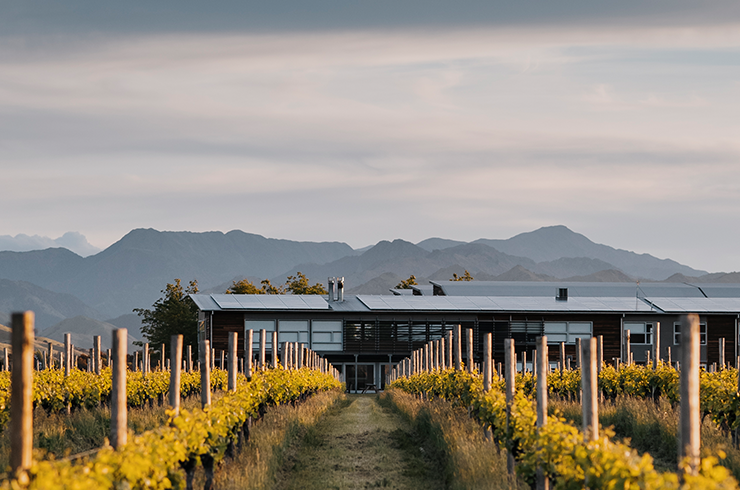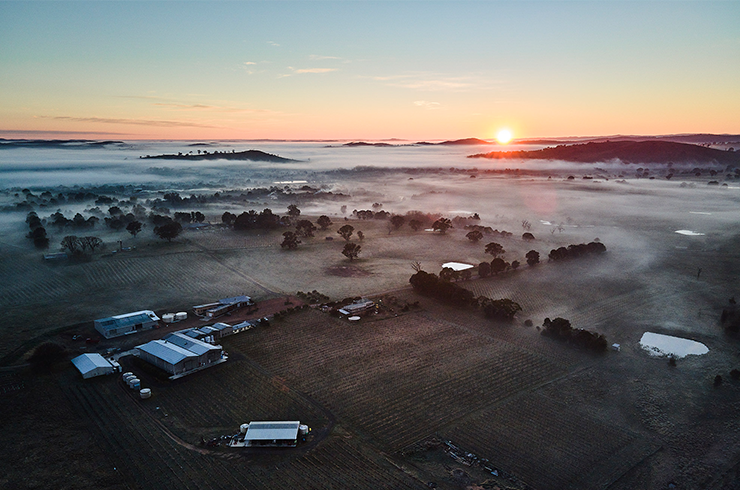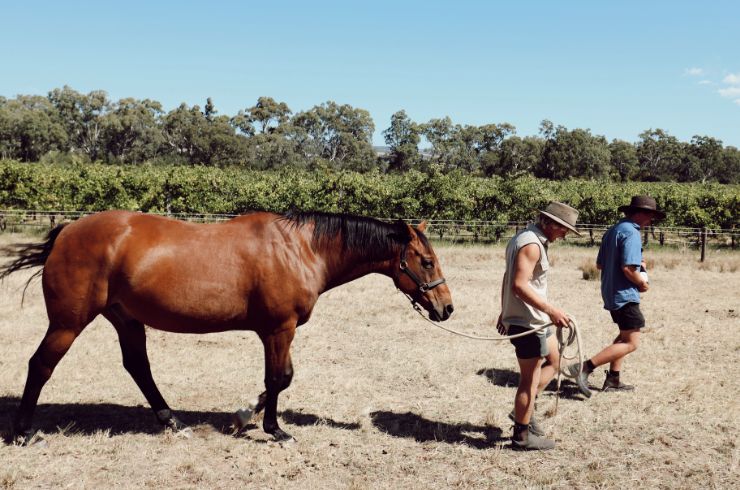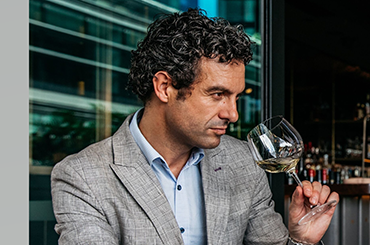1. Neutralise yourself
The best way to taste a wine is to smell it, but this is impossible if you smell like the inside of an orchid hothouse on show day. In short, go easy on the aftershave and perfume on wine-touring days.
2. Consider your purchases
You’re going to buy some wine. It’s inevitable. And so you should. But consider how you’ll get the bottles home, especially if you’re touring in warm conditions – how will you prevent them from getting cooked in the car? Pack an Esky or thick blankets to wrap around the wine, or see if you can combine your various wine buys into one pack and post them home in one lot. Think it through beforehand.

Consider how you’ll get the bottles home, especially if you’re touring in warm conditions – how will you prevent them from getting cooked in the car?
3. Stop and smell the roses
When you pull up at a winery, don’t charge straight in. Stop. Look around. Get a feel for the place. Look at the grounds. The vineyard. The buildings. It’s a vibe thing. It helps give an understanding of where the wines are coming from and what they might have to say.
4. Avoid mint
Too many times we’ve heard people criticise a wine, only to then sheepishly admit they’ve just brushed their teeth, or spat out their gum. Anything remotely mint-flavoured should never go within driving distance of a wine tasting.
5. Practise spitting
Spitting is an old Scandinavian word, originally meaning “stained white shirt”. You might only get a splash of each wine with each sample, but it all adds up fast. If you don’t spit when tasting at cellar doors, you’re basically giving away that you don’t know what you’re doing. If you’re not confident, practise spitting at home; the shower is a great place to do it. And beware – even when you spit, you will still swallow some alcohol.
Allow for time to take a winery or vineyard tour for the full experience, as seen here in the Adelaide Hills.
6. Eat right
We’re not advocating a hunger strike, but your tasting abilities will be significantly dulled if you’ve just stuffed three-quarters of a chook and a kilo of spuds into you. Same goes with strong flavours – avoid them before tasting wine. Crackers, toast and green olives are good ways to prepare your mouth for tasting wine. No big heavy meals beforehand.
7. Less is more
As a veteran cellar door worker once told me, the most common thing people do wrong is try to fit too many wineries into the one trip. Space things out and take breaks to look after your palate. In some regions, the vineyards and cellar doors rub shoulders, which makes it possible to visit a large number in a day. Resist the temptation to make the most of each place you visit. Ask questions, take the cellar and winery tours, and be alert for wines made from unusual grape varieties or those only available from cellar door.
8. Group thinking
Size matters. If you’re part of a bus-load, you’ll have a good laugh, taste plenty of good booze and hear winery staff tell you almost-truths about the wines you sample. You’re even a half-decent chance of nabbing a ‘behind-the-scenes’ look at where the wines are made or a taste direct from barrel. The bad part is you might not get to taste the wines you want. If you're with just a couple of others, you'll likely get a better selection to taste between you. Decide which kind of tour you’re after.

9. Study up
Ahead of time, work out where you want to go, find them on the map, and read about them. Know what they’re renowned for and what they hang their hat on. Why and how did they choose this particular site? The tasting experience is much richer when you know some of the story behind it.
10. Prepare to chat
We’ve all heard of bad cellar door experiences, but most staff are extremely good, so use them. Ask them what their favourite wine in the line-up is, and why. Or what’s drinking the best right now. Tell them the wines you usually drink and ask them where they’d steer you from there.
11. Choose your own order
These days, most cellar doors offer seated, guided tastings, which are invaluable personalised experiences. But at wineries that still offer counter tastings, you can taste wine in whatever order you like. It’s your day out and nobody will care if you break any rules. In general, though, try to work down the list in the order they’re presented (you don’t have to taste them all) because there is logic to it. Sparkling, light or crisp white, heavier white, light red, heavier red, dessert/sweet white, fortified. It’s tricky to taste a delicate riesling if you've just been sipping on the liquid toffee of a special reserve muscat. But, at the end of the day, taste wines in the order that feels right to you.
You can taste wines in any order you like, but it can work best to follow the list. Pictured: Penfolds Magill Estate
12. Take notes
It’s not compulsory to act like a wine nerd, but take an order form everywhere you visit, and mark the wines you liked and didn’t, with a few words on why. You’ll find it invaluable later.
13. Keep an open mind
Different regions, soils, winemakers, oak, climate and other factors can impart markedly different flavours on a wine. If you don't like South Australian shiraz and you’re in the Hunter Valley, for instance, don't assume that you don't like shiraz – it tastes different in each region. This goes for all varieties and growing areas. You never know what you might uncover, which is the whole point of the trip.
14. Designate a driver
Always. Beforehand.
All images: South Australia Tourism Commission.
This article first appeared in Halliday magazine. Become a member and receive six editions each year, plus gain access to more than 150,000 tasting notes, exclusive content and wine insights.
Latest Articles
-
Wine Lists
The 50 most popular wines of 2025
just now -
Wine Lists
A snapshot of top New Zealand wines (all rated 91 points and above)
2 days ago -
Behind the label
Taste Aotearoa: Get to know these five New Zealand wineries
2 days ago -
Wine Lists
Just in: 14 newly reviewed wines to try this December
17 Dec 2025



